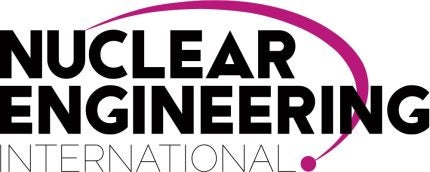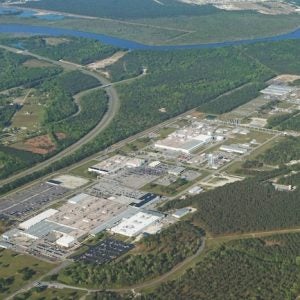
A swathe of molten salt reactor development announcements over the last month suggest that, as a technology, the drive to put this novel reactor concept into commercial reality is gathering momentum.
Among the recent developments are several that move molten salt reactors much closer to deployment. In the US, for example, Natura Resources has entered into a partnership with the Texas Produced Water Consortium at Texas Tech University to look at the deployment of Natura’s liquid-fuelled molten salt reactor (LF-MSR) technology to power the Permian Basin oil and gas industry. The partnership, dubbed Fortifying the Future, aims to deploy molten salt reactor technology to both generate energy and power water treatment facilities needed to supply critical industry resources.
Meanwhile, China has announced that the construction of a molten thorium salt reactor design will begin next year in the Gobi Desert. This reactor uses carbon dioxide to transfer heat and generate electricity. If this project is successful, China plans to commission a 373 MW reactor by 2030. Developers the Shanghai Institute of Applied Physics (SINAP) has been engaged in research in this area since 2011 focusing on liquid fluoride-thorium reactors (LFTRs). A 2 MW prototype of a thorium molten salt reactor (TMSR) was reportedly completed in 2021.
Another development in commercialising thorium molten salt reactors recently came from Copenhagen Atomics, and Switzerland’s Paul Scherrer Institute (PSI), which have signed a large-scale experimental collaboration agreement. The purpose of the deal is to validate the technology and provide experience of new molten salt reactor technology. Copenhagen Atomics has been developing its TMSR technology for almost a decade and now plans to move to conduct a thorium molten salt critical experiment in 2026 with PSI.
Elsewhere, aggressive molten salt R&D is also underway in multiple locations. In France, for example, Naarea (Nuclear Abundant Affordable Resourceful Energy for All) recently revealed it is partnering with the French National Centre for Scientific Research and Université Paris-Saclay to establish a new Innovation Molten Salt Lab dedicated to molten salt chemistry. The goal is to become the European leader in the field of molten salt R&D. Naarea is developing 40 MWe XAMR molten salt fast neutron micro-generator.
It’s no surprise that Russia is also advancing molten salt nuclear technology and in July Russia’s Mining & Chemical Combine (MCC), part of Rosatom, announced that it has started testing steel for the molten salt research reactor Issledovatelskovo Zhidko Solevovo Reaktora (IZhSR).
A fluoride-lithium-beryllium molten salt testing programme was also recently completed by Kairos Power. The company’s first of three Engineering Test Units (ETU 1.0) is now undergoing decommissioning at its facility in Albuquerque, New Mexico. Informing the design, construction, and operation of Hermes, a low-power molten salt reactor, ETU 2.0, is already underway while ETU 3.0 will be built in Oak Ridge, Tennessee. Kairos Power plans to have the 35 MWth Hermes reactor using a TRISO fuel pebble bed and molten fluoride salt coolant operational as early as 2026 while a commercial 140 MWe high-temperature molten salt reactor could be operational in the early 2030s.
While all these developments fall squarely into the R&D space rather than true commercial development, the direction of travel is clear. There can be no doubt that global interest in molten salt nuclear technology is surging and that the first-mover winning design will have a real opportunity to convert that early lead into commercial success. It’s evidently too early to pick a winner, other than to point to molten salt as a winning concept for next generation reactor design.
Author: David Appleyard, Editor, Nuclear Engineering International






